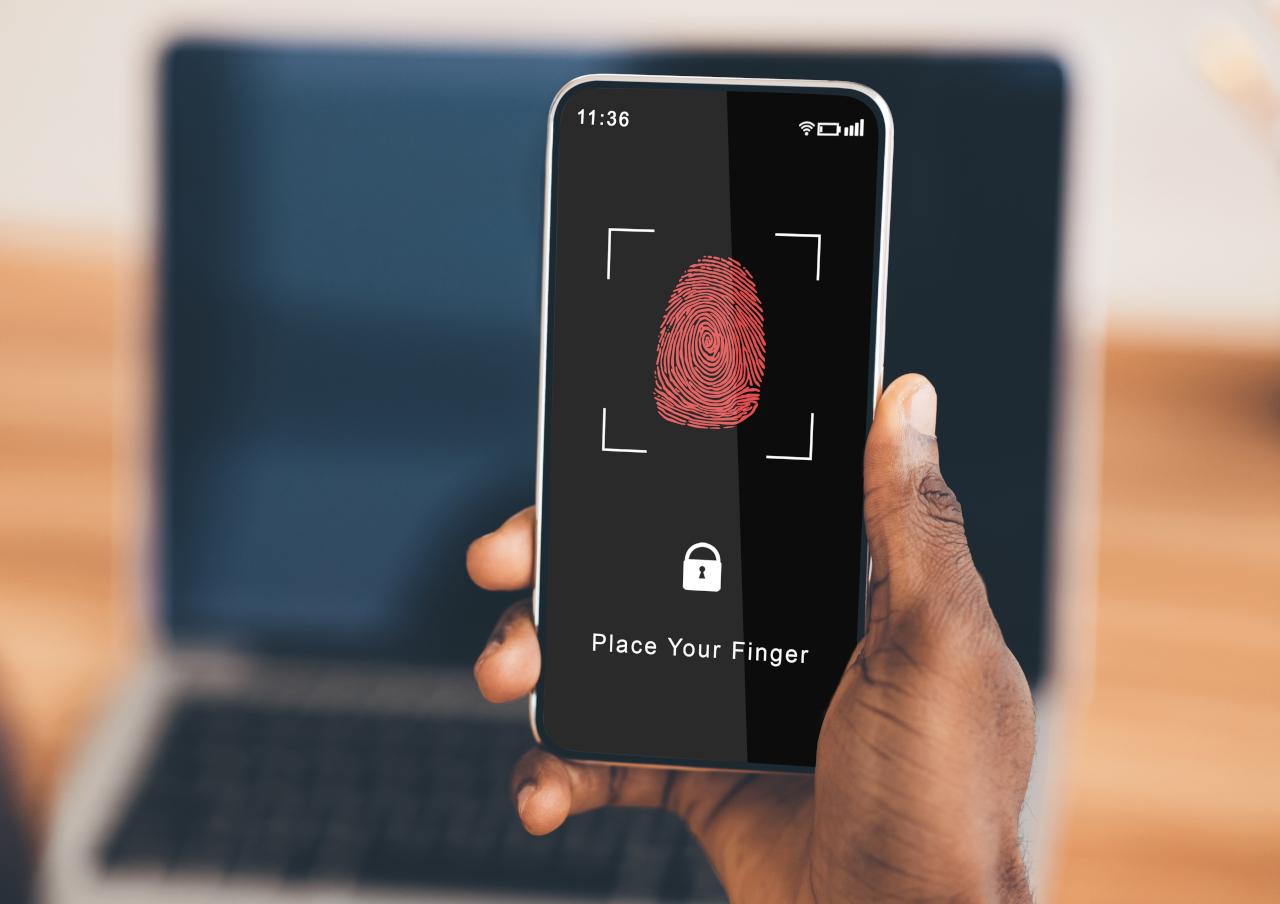As with most things in life, the internet is a double-edged sword. On the one hand, it has served as a conduit for growth and opportunity for people and businesses who understand how to grab the opportunities it presents. Unfortunately, Scammers and lowlifes have also taken notice and have started to put their filthy hands on the technology, leaving the once smooth glossy surface smeared and dulled with scratches and oily fingerprints.
As we tick over into the middle of this decade, the internet has now become rife with sophisticated scammers targeting unsuspecting businesses. Every organization, regardless of size, is now a potential target.
As a business owner, the critical challenge is not just to recognize that these threats exist, but to actively safeguard against them.
In this article, I will be briefly highlighting a few strategies that will allow you to start playing defense, and help you to shield your business from the cunning tactics of online scammers.
Implement Zero Trust Methodology in Your Business
In the Zero Trust approach, the idea is simple: your default mode should be to trust no one. This means that every person trying to access your business's information, whether they are high up in the company or new on the job, needs to prove they should have access. This method involves:
Thorough Identity Checks: Everyone must verify who they are before they can see sensitive data.
Limited Access: People only get access to the information they need for their specific job, nothing more.
Constant Monitoring: Keep an eye on how and when people access data. If something unusual happens, it's a sign to investigate.
Use Multi-Factor Authentication

Multi-factor authentication (MFA) is a crucial security measure that requires users to provide two or more verification factors to gain access to your business's digital resources (e.g., applications, online accounts, etc.). This method is much more secure than relying on just a password which, to be honest, can easily be manipulated out of the average internet user.
Types of Authentication Factors: MFA typically involves at least two of the following:
- Something You Know: This could be a password, a PIN, or answers to security questions.
- Something You Have: This usually refers to a physical device like a smartphone or a smart card that generates or receives a unique code.
- Something You Are: This involves biometric verification like fingerprint scanning, facial recognition, or iris scanning, offering a high level of security as these are unique to each individual.
Implementing MFA in your business is one of the most effective ways to prevent unauthorised access to sensitive information. It's a straightforward yet powerful tool in your cybersecurity arsenal, significantly boosting your defence against a wide range of digital threats, including sophisticated phishing attacks and credential theft.
Conduct Regular Security Audits and Penetration Testing
Cybersecurity threats are never isolated incidents. That’s why it’s important to scale your security policies along with your company’s growth. With regular audits and penetration testing procedures, you can successfully identify any vulnerabilities that exist in your applications, networks and systems.
Essentially, you will be paying an IT professional to act as a “hacker” and try to find vulnerabilities in your business’s digital security.
With this level of proactivity, you will successfully address weaknesses even before they can be exploited maliciously.
Conclusion
Believe me, I know that implementing these strategies might not be the most thrilling part of your day. But, like maintaining a healthy body, annoying tasks like these are what is required to maintain the well-being of your business.
Like a tall wall with barbed wire at the top, you will frustrate these pesky internet intruders and send them searching for an easier target.